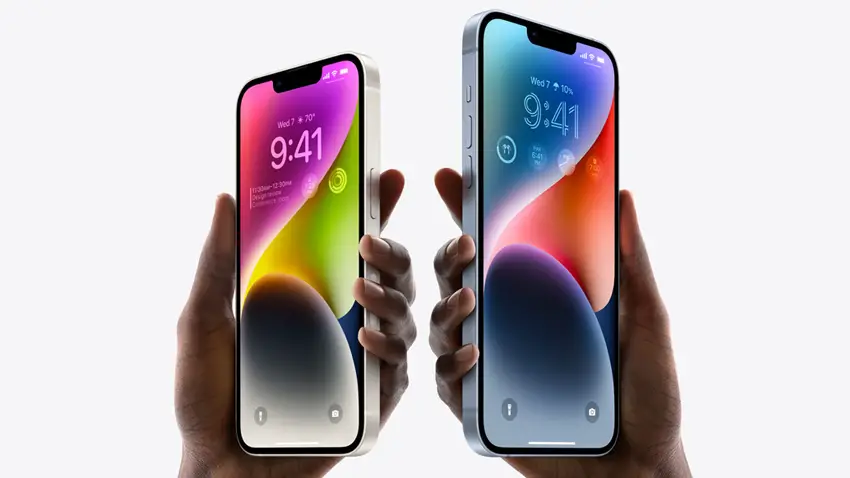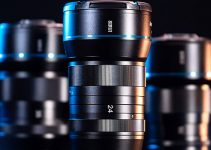Apple has secured a deal with Sony to provide an advanced, next-generation image processor for the upcoming new iPhone 15.
The Sensor is believed to be able to capture twice the amount of light for low-light photos and cinematography, and even provide image details when there’s a strong backlight.
The news comes from Nikkei Asia, which states that Sony will also supply other smartphone manufacturers with the same image sensor in order to maintain its dominance over Samsung, which also has a nextgen smartphone image sensor design.
Currently, the company controls 44% market share of CMOS camera sensors, while Samsung sits at 18.5%. However, Sony’s dominance has lessened in the last few years, as companies seek alternatives.

Image Credit – SONY
Codenamed “LYTIA,” the Sony stacked CMOS image sensor has been available in Sony Xperia smartphones since 2021 and is capable of doubling the saturation and dynamic range of each pixel so that it allows more light to be captured by the sensor, even with a strong backlit condition.
The result is that the sensor reduces clipping caused by overexposure, and pulls out details, particularly with the human face, in low light conditions that could cause a normal smartphone camera to underexpose.
Though this new sensor will likely be a second-generation model, the current Sony stacked sensor has an impressive array of specs:
- 20MP 1″-type stacked-CMOS Exmor RS sensor with built-in DRAM (2.4µm pixels), *only 12MP, or ~60%, the central portion used for 4:3 stills
- 315 PDAF points with 90% coverage on main, wide 24mm equiv. camera
- 16mm equiv. F2.2 ultra-wide camera with 1/2.5″ Dual-PD Exmor RS for mobile sensor (1.4µm pixels)
- 50mm equiv. F2.4 telephoto camera with 1/2.9″ Dual-PD Exmor RS for mobile sensor (1.2 µm pixels)
- 4K/120p native recording with Real-time tracking and Eye AF
- 3D iToF sensor aids autofocus for all rear cameras (ultra-wide, wide, telephoto)
- Real-time tracking is available for all rear cameras (ultra-wide, wide, telephoto)
- Dedicated Bionz X processor with front-end LSI for dedicated image processing
- Anti-distortion shutter, 12-bit Raw output
The sensor uses a new design that separates the pixel transistors from the photodiodes in the sensor, thereby increasing dynamic range and lowering noise caused by the over-saturation of the sensor.
Each pixel is thus optimized for peak performance without signal and noise congestion caused by extreme light information or lack thereof.

Image Credit – Apple
Sony also says that the new sensor design is only the tip of the iceberg and that the company is busy mining the depths to which a stacked image sensor for smartphone cameras can go in terms of dynamic range. “… the device has many possibilities for adding new functions, as well as performance improvements,” said Sony in a presentation last February. “Various studies are underway.”
All told, smartphones have already supplanted conventional cameras for capturing those Kodak moments, and Apple’s cinematic features have only one real limiting factor, and that’s dynamic range.
Although the iPhone 14’s specs don’t specify just how many stops the camera is capable of capturing, the question is, could this new image sensor put more pressure on DSLR and Mirrorless camera manufacturers not to suffer the same fate?
And will this new sensor give them enough prowess and performance to begin whetting mobile filmmakers’ appetites with that metric? Only time will tell.
The new sensor is expected to be added to smartphones beginning in the fall of 2023, just in time for the next holiday shopping season.
So expect Apple to make a huge presentation, and perhaps a camera refresh at their October iPhone event just before then.
[Source: Peta Pixel]
Disclaimer: As an Amazon Associate partner and participant in B&H and Adorama Affiliate programmes, we earn a small comission from each purchase made through the affiliate links listed above at no additional cost to you.


